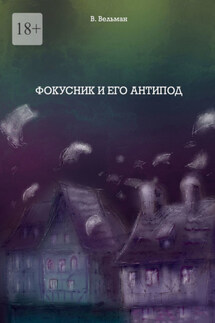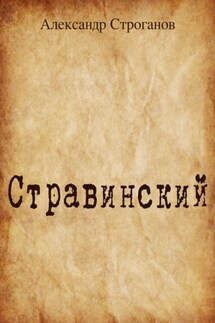Vol. 1(1). 2018 - страница 3
Even at the age of one, children develop a considerable ability, though the fact that they are very active, to absorb the world around them in mimetic processes. The ability of a child’s body to move around plays an important role in this. This physical moving enables them to alter their relationship to objects in the outside world. Their perspective on the world changes as they move. This applies to the corners where the objects are perceived and even more to the changing bodily encounters with the world. The world is touched by the child’s hands and often by the child’s whole body. As they gradually feel their way around the world children experience two things. One is the active child’s experience of touching the objects. But it is also the discovery that, through the act of touching, the world itself replies. Children now feel the differences in material objects and at the same time experience the world outside them. This dual experience of touching objects and being touched by them is of central importance in the development of the very first elements of a sense of a child’s identity. The child now has the dual experience of being active and passive at the same time, an experience which characterises mimetic processes. Children touch the world and are touched back by it. This becomes a cyclical process of mutual discovery, and I cannot overstate how important this is for the development of the child’s imaginary.
In mimetic processes the outside world becomes the inner world and the inner world becomes the outside world. The imaginary is developed and the imaginary develops ways of relating to the outside world. Again in a mimetic loop, this in turn affects the inner world of the imaginary. These processes are sensory and governed by desire. All the senses are involved which means that the imaginary has multiple layers. Since there is an intermingling of images, emotions and language, these processes are rooted in the body and at the same time transcend the body as they become part of the imaginary (Wulf 2014; Hüppauf, and Wulf 2009; Paragrana 2016).
As we read works of literature, it is mimetic processes that bring to life an assemblage of non-sensory words into sensory ideas and emotions and give them meaning. (Benjamin 1980a, 1980b). It is the same with other products of culture that also require mimetic processes for them to come alive. Such processes are particularly important in the transfer of the cultural imaginary from one generation to the next, since these processes require a metamorphosis to keep forms of living, knowledge, art or technology alive. As mimetic processes are not simply methods of copying or producing worlds that have already been symbolically interpreted but also consist in our taking and then incorporating «impressions» of these worlds, these mimetic relationships always contain creative aspects which alter the original worlds. This creates a cultural dynamism between generations and cultures which constantly gives rise to new things.
IMAGES OF THE HUMAN BEING: THE VISUALISATION OF THE INVISIBLE
It is in mimetic processes that images of the outside world are transferred to our imaginary. Our imaginary constructs images which shape the outside world (Wulf 2018). These images also include those we make of ourselves, images in which and by means of which we try to make sense of ourselves. People create images of themselves in all cultures and historical periods. They need these images to communicate about themselves and to understand themselves. Images of the human being are designs and projections of the human being. They are formed in order to visualise representations of the human being or individual aspects of a person. These representations are simplifications of human diversity and complexity in illustrations. A «productive moment» is portrayed here in these representations, as the discussion about the Laocoon statue shows. Historical developments and interpretative variants are not displayed in such iconic «productive moments». The special nature of an image lies in the concentration on one moment and in the suggested evidence, but the limits of the iconic representation are also revealed therein. Human images are always simplifications, which, despite their simplifying character, are extremely effective. The power structures of a society which are often difficult to see are incorporated in the construction of the human images. Human images are the result of differentiated inclusion and exclusion processes. Desires, norms and values are conveyed in human images. Human images are aimed at the normalisation of people. Social and cultural institutions, as well as religions, utopias and world views, use human images to portray their conceptions of humans and to embed their ideas in the imaginary and in the actions of humans.






